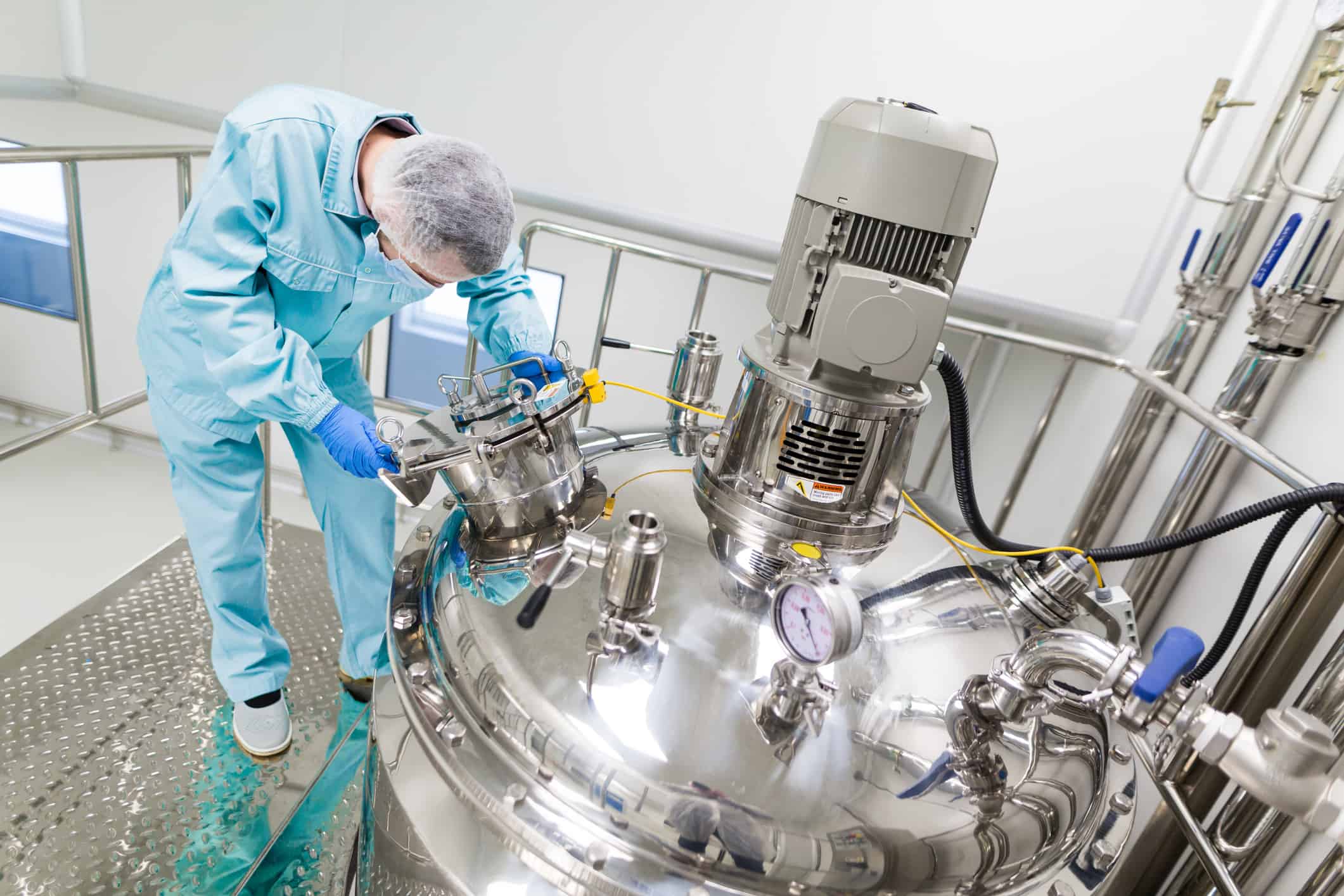Pharmaceutical companies heavily rely on sophisticated equipment to produce high-quality products. However, over time, pieces of equipment may undergo updates, replacements, or repairs, which can impact many other production processes.
To ensure product quality, safety, and regulatory compliance, regular and thorough validation of manufacturing equipment is essential.
What is Equipment Validation?
Equipment validation is a documented process demonstrating whether a piece of equipment, system, or process consistently produces results within predefined specifications.
This process ensures manufacturing equipment performs reliably and consistently, leading to the production of high-quality drugs.
Validation is important as it:
- Promotes safety
- Helps maintain regulatory compliance
- Ensures consistent product quality
- Reduces risks
- Improves processes
When is Validation Necessary?
There are several scenarios where equipment validation is necessary:
Regulatory Compliance: Regulatory bodies such as the FDA require pharmaceutical manufacturers to validate their equipment regularly. The validation frequency may vary based on equipment criticality and the product.
New Equipment Installation: Whenever a company introduces a new piece of equipment to the manufacturing process, it must undergo validation before being used for actual drug production. Additionally, after installation, it is essential to periodically validate the equipment to ensure it continues functioning as intended and complies with regulatory standards.
Equipment Modifications or Upgrades: Any significant modifications or upgrades to the equipment, software, or operating procedures require revalidation. This is necessary to verify that the changes do not compromise the quality and safety of the manufactured drugs.
After Maintenance or Repairs: Revalidation is crucial whenever maintenance or repairs are performed on pharmaceutical manufacturing equipment to ensure that the equipment remains controlled and that any adjustments made during maintenance do not impact product quality.
Change in Manufacturing Process or Product: Equipment validation becomes necessary if there are changes in the manufacturing process or the drug formulation–including changes in raw materials, manufacturing steps, or product specifications.
Tips for Effective Equipment Validation
1. Develop a Comprehensive Validation Plan: Before starting the equipment validation process, create a detailed validation plan that outlines the scope, objectives, and approach. Identify critical equipment parameters, acceptance criteria, and validation protocols. The plan should also include a timeline, the responsibilities of team members, and a risk assessment to prioritize validation activities.
2. Maintain Detailed Records: Accurate and comprehensive documentation is fundamental to equipment validation. Record all validation activities, including test procedures, results, deviations, and corrective actions. Ensure that the documentation is detailed, organized, and easily accessible to ensure regulatory inspection readiness. Proper documentation demonstrates compliance and facilitates troubleshooting and future validation efforts.
3. Involve Cross-Functional Teams: Equipment validation involves multiple stakeholders, including quality assurance, engineering, production, and regulatory affairs. Engaging cross-functional teams in the validation process allows companies to gain diverse perspectives and expertise.
4. Implement Change Control Procedures: Once equipment validation is complete, implement robust change control procedures. Any modifications or changes to the validated equipment, processes, or systems should undergo a thorough impact assessment before implementation. Adhering to change control procedures ensures that the validated state of the equipment is maintained and prevents potential risks to product quality.
5. Partner with an Experienced Validation Team: Collaborating with an experienced validation partner helps companies streamline processes and expedite validation timelines while ensuring regulatory compliance. By leveraging the knowledge and resources of a trusted partner, companies can focus on their core competencies while also achieving efficient and successful equipment validation.
An Experienced Partner
Ensuring the quality and safety of your products is paramount, and validation of manufacturing equipment is a crucial aspect of this endeavor.
Knowing when and how to validate your equipment can be challenging, but partnering with a team of validation experts is an excellent way to guarantee your equipment is functional, safe, and compliant.




